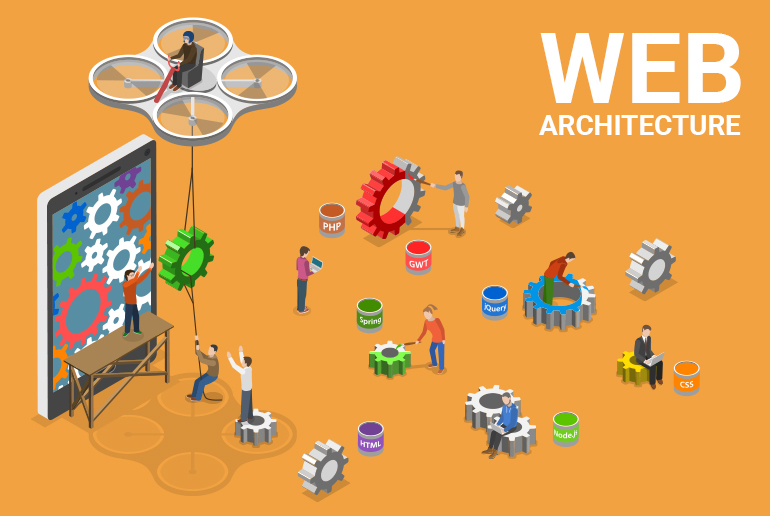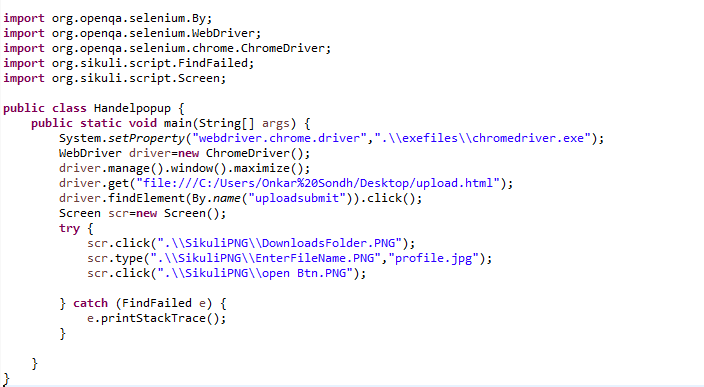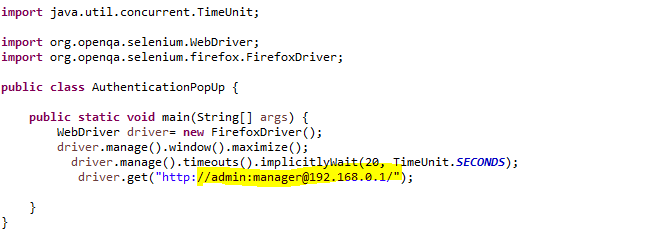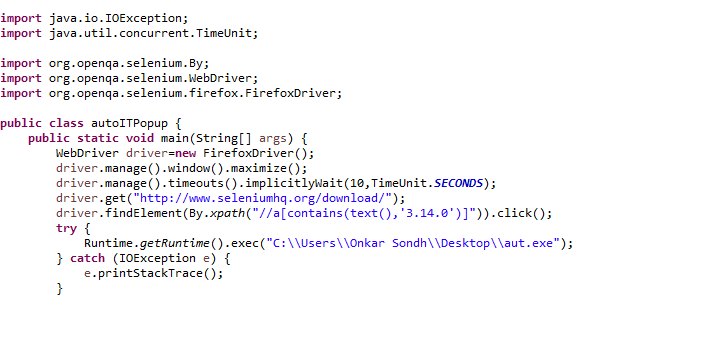Web architecture determines how software logic is divided between a server and a client, as well as how these two components communicate with each other. Depending on the needs of your website or a web app, you choose the web architecture that would work best for it (you can turn to this article to learn more).
The ways web architecture types work are quite different and depend on a client model and requests a client sends/receives to/from a server. Still, the most popular architecture is SPA (single-page app), which work like this:
With web applications, you have the server versus the customer side. Basically, there are two projects running simultaneously:
- The code which lives in the program and reacts to client input
- The code which lives on the server and reacts to HTTP asks
Web Application Architecture Example
Picture by means of Wikipedia
When composing an application, it is up to the web designer to choose what the code on the server ought to do in connection to what the code on the program ought to do. With server-side code, dialects include:
- Ruby on Rails
- PHP
- C#
- Java
- Python
- Javascript
Actually, any code that can react to HTTP asks for has the capacity to keep running on a server. Here are a couple of different properties of server-side code:
Is never observed by the client (aside from inside an uncommon glitch)
Stores information, for example, client profiles, tweets, pages, and so forth…
Makes the page the client asked
With customer side code, dialects utilized include:
- CSS
- Javascript
- HTML
These are then parsed by the client’s program. Besides, the customer side code can be seen and altered by the client. Also, it needs to impart just through HTTP asks for and can’t peruse records off of a server specifically. Moreover, it responds to client input.
Web Application Architecture is Important for Supporting Future Growth
The motivation behind why it is basic to have great web application architecture is on the grounds that it is the outline for supporting future development which may originate from expanded interest, future interoperability, and improved dependability prerequisites. Through question situated programming, the authoritative structure of web application architecture characterizes accurately how an application will work. A few highlights include:
Conveying industrious information through HTTP, which can be comprehended by customer side code and the other way around
Ensuring asks for containing substantial information
Offers confirmation for clients
Points of confinement what clients can see dependent on authorizations
Makes refreshes and erases records
Kinds of web application architecture
Despite the model, all web application segments dependably work all the while and make a vital web application. Contingent upon how the application rationale is circulated among the customer and server sides, there can be different kinds of web application architecture.
Inheritance HTML web application
As per the specific first and fundamental web application architecture, a server, comprising of web page development rationale and business rationale connects with a customer by conveying a total HTML page. To see a refresh, the client needs to completely reload the page or, as such, to have the customer send a demand for an HTML page to the server and load its whole code indeed.
Gadget web application
In this compose, the web page development rationale is supplanted by web administrations, and each page on the customer has separate elements called gadgets. By sending AJAX questions to web administrations, gadgets can get pieces of information in HTML or JSON and show them without reloading the whole page.
Single-page web application architecture
This is the most present-day web application architecture, where you download a solitary page just once. On the customer side, this page has a JavaScript layer that can openly speak with web benefits on the server and, utilizing the information from web administrations, make ongoing updates to itself.
End
Web application architecture composes and part models have been developing together with the web itself. While the inheritance structure and a fundamental segment show showed up in the seasons of Web 1.0, present-day web application architecture composes and adaptable segment models are more typical for Web 2.0 and 3.0 times.
The decision of a model and architecture can decide how responsive, powerful, secure and quick your web application will be. So before propelling the improvement venture, investigate your business needs and assess every single conceivable alternative.













